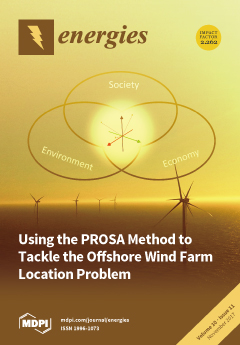In the present study, eight kinds plant growth regulators—salicylic acid (SA), 1-naphthaleneacetic acid (NAA), gibberellic acid (GA
3), 6-benzylaminopurine (6-BA), 2, 4-epi-brassinolide (EBR), abscisic acid (ABA), ethephon (ETH), and spermidine (SPD)—were used to investigate the impact on microalgal biomass, lipid, total soluble
[...] Read more.
In the present study, eight kinds plant growth regulators—salicylic acid (SA), 1-naphthaleneacetic acid (NAA), gibberellic acid (GA
3), 6-benzylaminopurine (6-BA), 2, 4-epi-brassinolide (EBR), abscisic acid (ABA), ethephon (ETH), and spermidine (SPD)—were used to investigate the impact on microalgal biomass, lipid, total soluble protein, carotenoids, and polyunsaturated fatty acids (PUFAS) production of
Chlorella pyrenoidosa ZF strain. The results showed the quickest biomass enhancement was induced by 50 mg·L
−1 NAA, with a 6.3-fold increase over the control; the highest protein content was increased by 0.005 mg·L
−1 ETH, which produced 3.5-fold over the control; total carotenoids content was induced most effectively by 1 mg·L
−1 NAA with 3.6-fold higher production than the control; the most efficient elicitor for lipid production was 5 mg·L
−1 GA
3 at 1.9-fold of the control; 0.2 mg·L
−1 ETH induced the abundant production of 1.82 ± 0.23% linoleic acid; 0.65 ± 0.01% linolenic acid was induced by 1 mg·L
−1 NAA; 2.53 ± 0.15% arachidonic acid and 0.44 ± 0.05% docosahexaenoic acid were induced by 5 mg·L
−1 GA
3. Transcriptional expression levels of seven lipid-related genes, including
ACP,
BC,
FAD,
FATA,
KAS,
MCTK, and
SAD, were studied by real-time RT-q-PCR. 5 mg·L
−1 GA
3 was the most effective regulator for transcriptional expressions of these seven genes, producing 23-fold
ACP, 31-fold
BC, 25-fold
FAD, 6-fold
KAS, 12-fold
MCTK compared with the controls, respectively.
Full article





